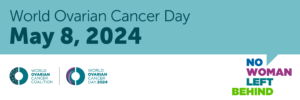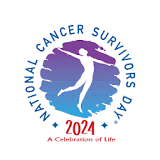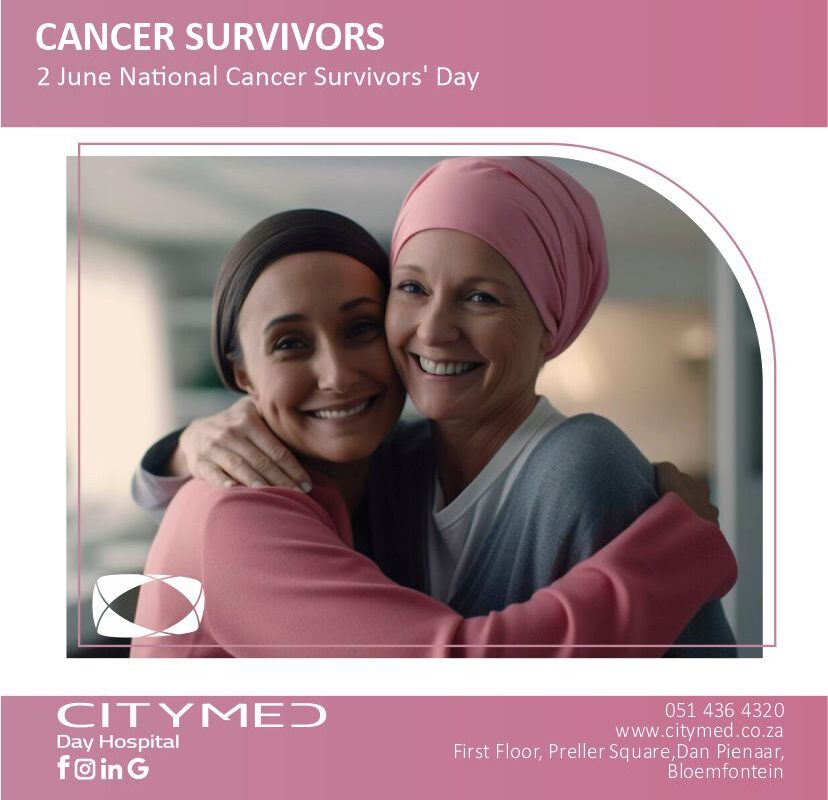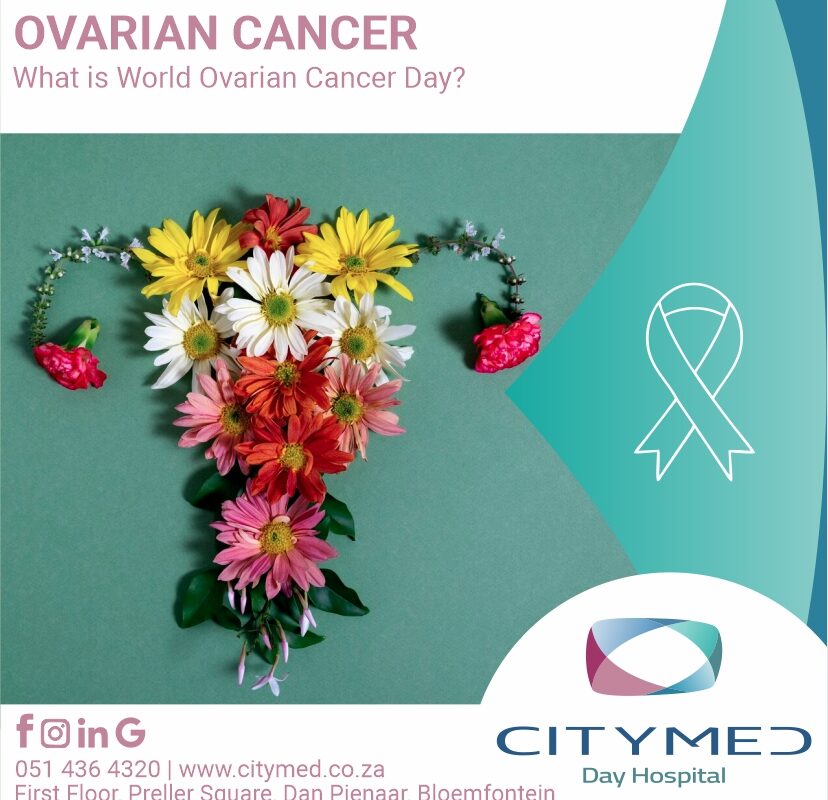May 8 – World Ovarian Cancer Day
https://worldovariancancercoalition.org/world-ovarian-cancer-day/what-is-wocd/?gclid=EAIaIQobChMIioiuzr7ahQMVOb1oCR1xAAclEAAYASAAEgK4-PD_BwE

Established in 2013 by a group of leaders from ovarian cancer advocacy organizations around the world, May 8 – World Ovarian Cancer Day, is the one day of the year we globally raise our voices in solidarity in the fight against ovarian cancer.
While the World Ovarian Cancer Coalition works on many fronts, World Ovarian Cancer Day is our flagship awareness-raising initiative and is the key date in our calendar. Supported by close to 200 organizations from around the world, our social media reach grows exponentially every year, with 2023 directly reaching over 192 million up from 20 million in 2022. Our partner organizations, as small as kitchen table-based patient advocacy groups in rural communities, to national healthcare associations based in major metropolitan areas, all come together as one to raise awareness about the disease.









